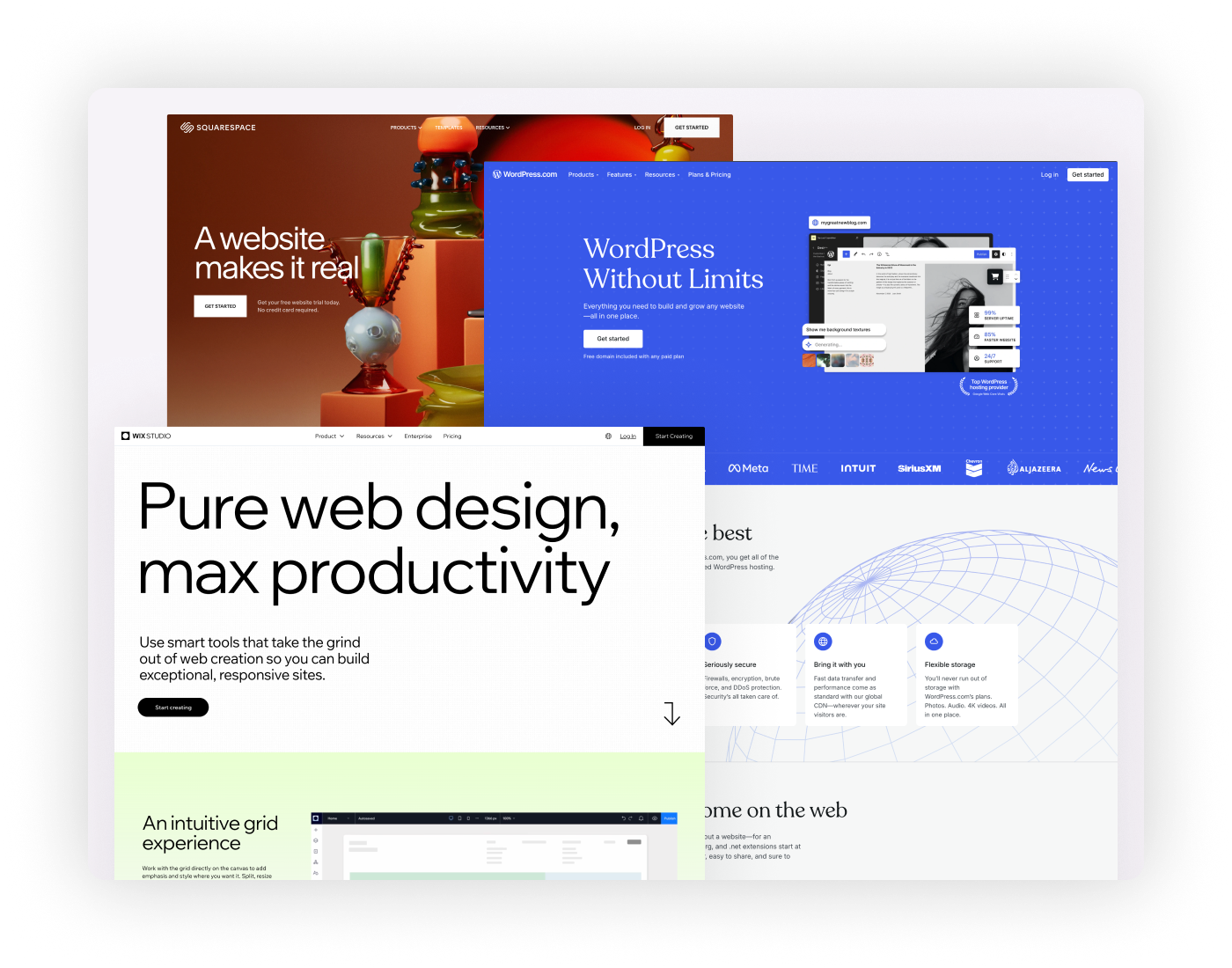When was the last time a piece of NGO content moved you? What about it was compelling? Whether it came in the form of an email, a Facebook post, or a website homepage, chances are it told a story and involved real people. Something about it made you care, and made you feel connected. The best nonprofit content marketing and storytelling can freeze time, if even for an instant.
In our age of constant digital distractions and overwhelmed inboxes, what makes people care enough to spend time on your website, open an email appeal, or follow you on social media? What makes them keep reading?
The key is clear, purposeful, and moving writing. Ask yourself these simple questions and get to work reinvigorating your nonprofit’s content.
What is your story? Why should people care?
This may seem obvious, but many nonprofits would benefit from taking some time to sit down and talk this through. Get out the whiteboard, brew a pot of coffee, and call on key staff for a storytelling session. Often, the people at the heart of a nonprofit know its story so well–and care about it so much–that it takes some effort to think about how to communicate this passion clearly and concisely to someone who knows nothing about your work.
Ideally, the answers to “What is our story?” and “Why should people care?” are simple, short, and really one and the same, as they are essentially inextricable. They are the hook to your content writing and need to be present always, be it when you’re brainstorming ideas for how to write your nonprofit mission statement, drafting the content of your annual report, or posting on social media.
How can strong writing (better) tell your story?
Remember to stay small and meaningful. Stay human. This means that, while your nonprofit may have incredible reach and coverage, you cannot, and should not, tell everyone’s story at once–your numbers and impact can speak to that.
Choose a story that is representative of your work, aims, and results. This is the story about the student who was first in his family to attend college, the story about the beach that was protected so endangered turtles could return to nest, the story about a family who had lost their home to a hurricane and received a house built by volunteers, or the story about a well that now provides clean water to a rural community.
For more tips on copywriting, check out our Part II of successful content writing strategies for nonprofits.
What are you trying to achieve with this particular NGO content?
This question is crucial, because not all content is created equal. While some of your nonprofit marketing content will be static, such as your mission statement, most content cannot just be copied and pasted for different purposes. Again, get out the whiteboard and get specific about your goals of your content writing.
For a year-end fundraising letter, your main aim is to generate new and repeat donations. However, if you are highlighting a recent successful project on your website, your objective is to inform readers and increase interest in your work. A blog post featuring the experience of a new volunteer has a different goal than a Facebook post about next week’s fundraising event.
Who is the audience for your nonprofit content?
Is this a post for Instagram followers? Or is the content an annual report circulated to all of your donors? Is it a cover letter introducing your nonprofit to a foundation? Or is it a thank you letter to your volunteers? Think about not only who will be reading the content, but also what their prior level of knowledge and engagement is with your nonprofit. This will help you to be specific about what content to include for each audience.
Now, how do you simplify your nonprofit content marketing?
As a rule of thumb, less is more. If you visit a nonprofit website for the first time, you want to understand something about the organization, and you want to understand it quickly. Most people simply will not stay on your page long enough to read paragraphs and paragraphs of text, albeit beautifully and movingly written. Edit and simplify your work, and take a look at these key tips for website copywriting.
More tips for dynamic nonprofit content creation:
- Use images wisely (and do use them)! Images are best when they are photographs of your nonprofit rather than stock images, and when they help tell your story.
- Do some research. Look around at other sites and find nonprofit content that speaks to you. Ask yourself why it is impactful and moving, and bring those strategies to your own writing.
- Ask for feedback. Your nonprofit may be small and not have a huge team dedicated to writing content. Likely, you all wear multiple hats, and that’s ok. Ask some team members who are not content writers to read what you’ve written and share their reactions. You want your writing to speak to everyone, especially people not familiar with what you do.
- Take a break. We know you might be on a tight deadline, but all writing benefits from putting it down, even if that means while you take on another task or have lunch with a colleague, before going back to it with fresh eyes.
- Tell your story from other angles. This could mean a weekly blog post highlighting different volunteers, an interview with someone affected by your nonprofit’s work, or a “staff corner.” Think outside the box!



